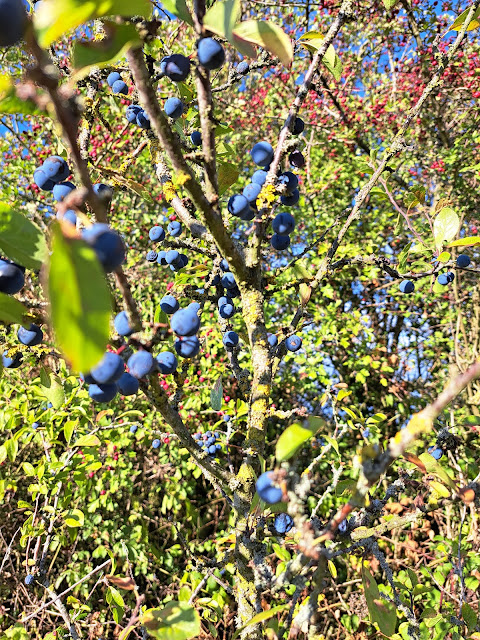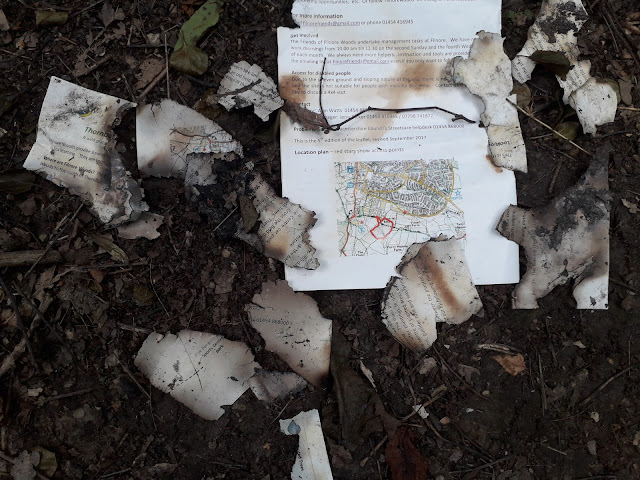News about seasonal changes at Filnore Woods and how to get involved as a volunteer, if you want to. As well as things seen and done at FILNORE WOODS, THE BLOG WILL INCLUDE THINGS YOU CAN SEE IN YOUR STREET OR GARDEN. To get regular updates, you used to be able to enter your email address in "FOLLOW BY EMAIL" (just below on the right) But this seems to have stopped working so GOOGLE 'FILNORE WOODS BLOG' AND FOLLOW 'FILNORE WOODS' ON FACEBOOK
Friday 30 September 2022
TESCO LIMES
Thursday 29 September 2022
OH HOPPY DAY !
Wednesday 28 September 2022
SKY BLUE SLOES
Tuesday 27 September 2022
IVY
Monday 26 September 2022
ACORNS & MARBLE GALLS
Saturday 24 September 2022
THORNBURY SPECKLED FARM WOOD
Friday 23 September 2022
AUTUMN FRUITS
Thursday 22 September 2022
BASTARD SERVICE
Saturday 17 September 2022
DELICATE TOADSTOOLS
Thursday 15 September 2022
META BUT NOT ZUCKERBERG
Meta segmentata is the name of this pretty little spider, although it is more often called Metallina segmentata (little meta). Yes it is pretty! If you found a flower with this patterning you would be delighted.
It's the legs, isn't it, that puts people off spiders.
This one was sitting on a yellow flag iris leaf.




















































